In Southern Kordofan, severe malnutrition affects both the indigenous population and numerous war-displaced individuals.
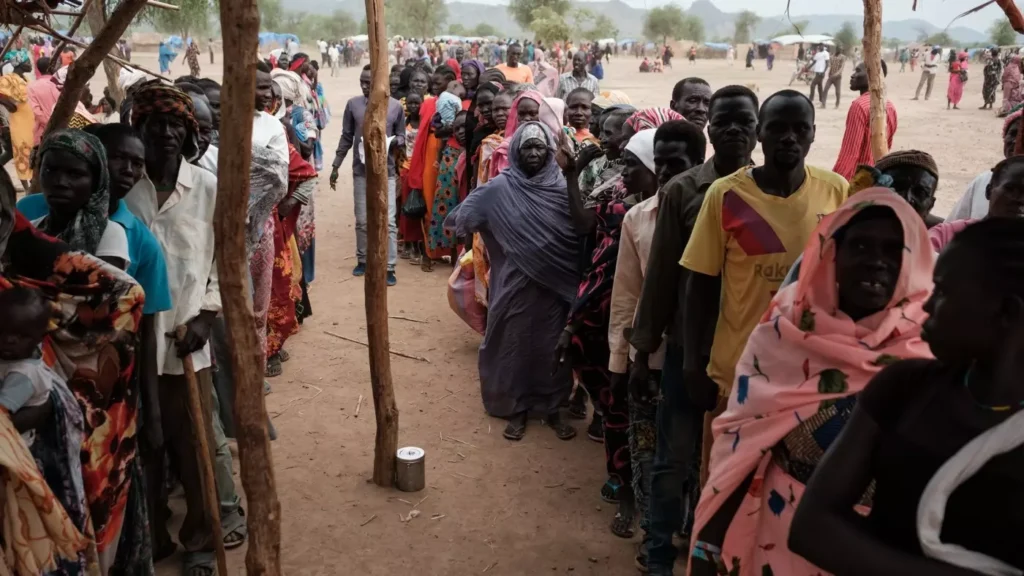
Across the arid expanse, the wind carries echoes of tens of thousands. Dust clouds swirl around as people queue with hope in Agiri camp, nestled in Sudan’s Nuba Mountains, home to approximately 48,000 residents.
In June, anticipation builds as rumors spread of a potential food aid delivery, only the third since January. Desperation grows as local food stocks dwindle, escalating a hunger crisis that has led to severe malnutrition cases and forced some Sudanese to consume leaves to endure.

Among those at Agiri camp are internally displaced individuals from various conflict zones across Sudan. Many have fled from Khartoum, where ongoing clashes between the Sudanese Armed Forces (SAF) and the Rapid Support Forces (RSF) paramilitary group continue. However, an increasing number of locals have also sought refuge in the camp, not due to direct conflict but as a result of the pervasive hunger crisis in their communities.
Sixteen-year-old Ali Abdula navigates his donkey through a crowd, carrying his two younger siblings who are both suffering from malnutrition. Ali and his mother made the journey to Agiri camp not because of the conflict in Khartoum, but because of the severe food shortage plaguing their village, which is just a day’s walk away.

The conflict in Sudan began in April of the previous year in Khartoum and swiftly spread to other parts of the country, especially Darfur, a vast western region that serves as a stronghold for the RSF.
Even in areas without active fighting, the impact has been profound, with disrupted supply lines and a significant increase in refugee movements. According to the International Organization for Migration (IOM), nearly 10 million people have been displaced forcibly by the war.
In Southern Kordofan state, located in the Nuba Mountains region of southern Sudan, control is largely held by the Sudan People’s Liberation Movement-North (SPLM-N). Here, numerous small camps for internally displaced persons have emerged, housing approximately 700,000 people who have fled the ongoing conflict, with new arrivals adding to the numbers daily.
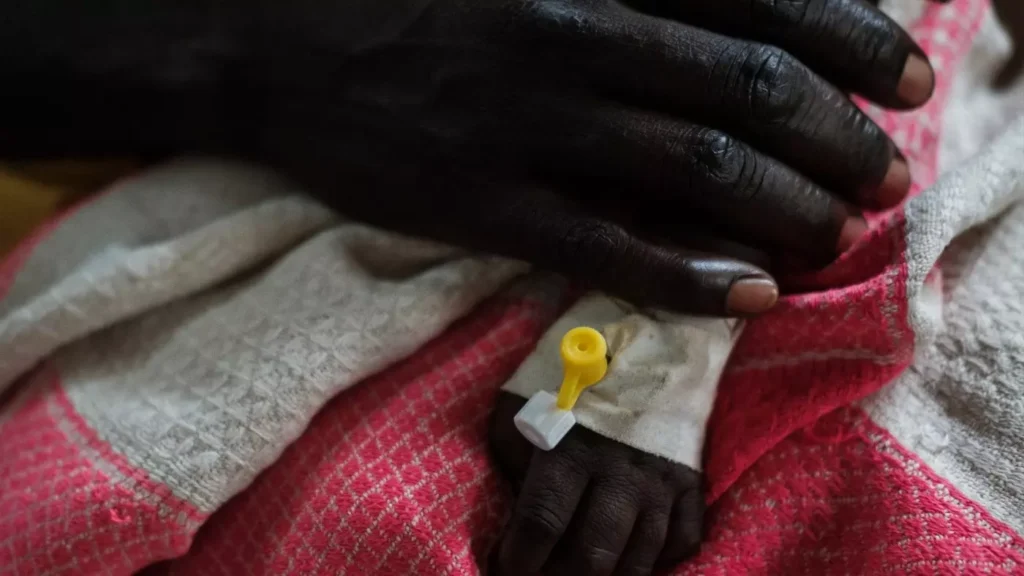
Informal settlements now shelter between 5,000 and 55,000 displaced individuals, living in simple thatched huts. The largest camp in Southern Kordofan, Tiamushro in Kadugli, is a notable example. The influx of people escaping the conflict has also placed significant strain on host communities. A poor harvest last year led to depleted food stocks months ago, exacerbating widespread hunger both inside the camps and among local populations.
Dalal, shown in the main photograph, lies bedridden and severely malnourished since food supplies ran out months ago. He relies on leaves gathered by his family in Rabang camp, home to 36,000 people who have fled the ongoing conflict.
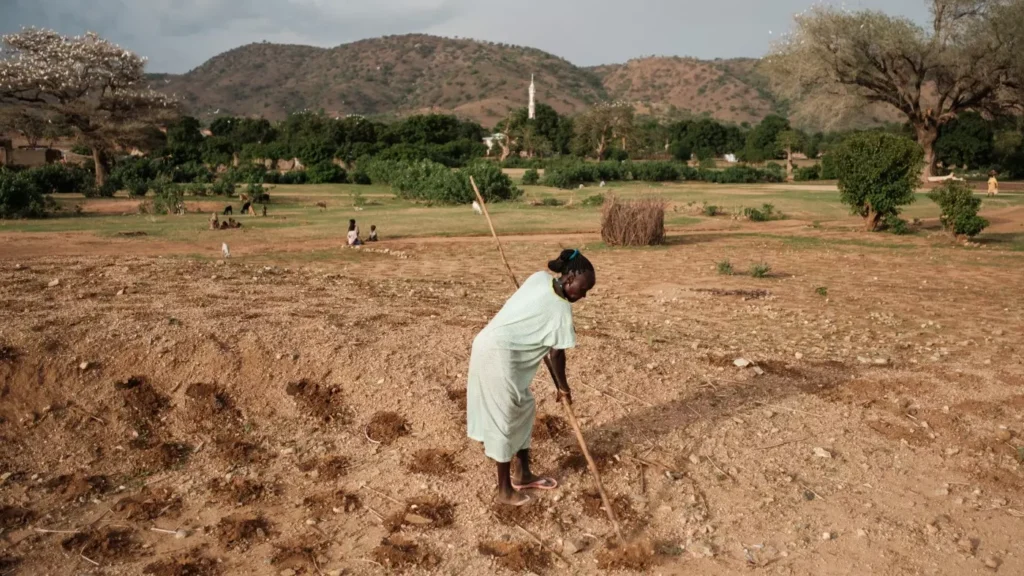
With the onset of the rainy season, typically at its peak between June and September, the customary time for harvesting now reveals a pressing issue: there are no seeds for planting.
Many residents did not set aside extra sorghum, the staple crop of the region, for cultivation on their farms. Without anticipated aid in the upcoming months and no access to seeds for planting, the outlook for the region appears grim.
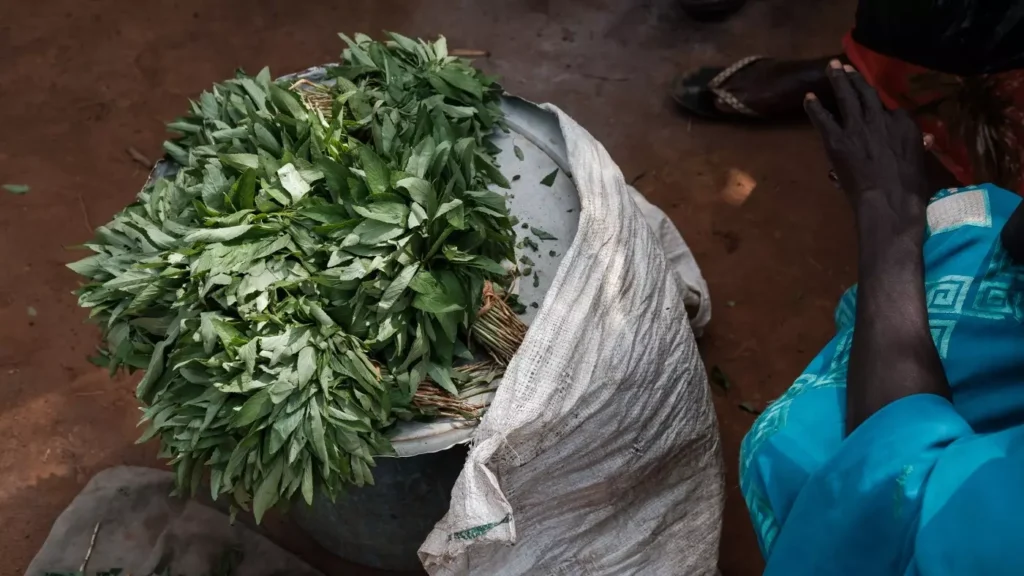
In times of desperation, individuals have turned to ancestral practices passed down over generations, methods of survival learned from past famines. Leaves from different bushes now constitute the mainstay of nearly everyone’s diet in these settlements.
Daily, these leaves are gathered, boiled in water, and eaten as a paste. While sustaining enough for survival, cases of malnutrition in the area—both inside and outside the settlements—have surged in recent months.
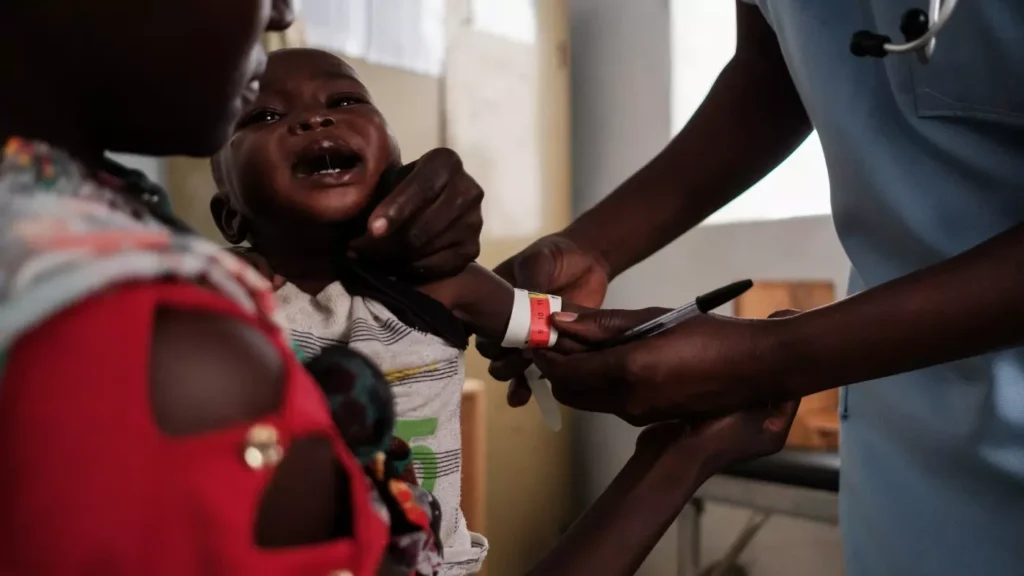
In a hospital managed by the humanitarian organization Cap Anamur near Kauda, a significant uptick in severe and acute malnutrition cases from across Southern Kordofan state has been observed.
Inside the malnutrition ward, a young boy, accompanied by his mother who has been receiving treatment for more than a month, has his arm measured during the examination.
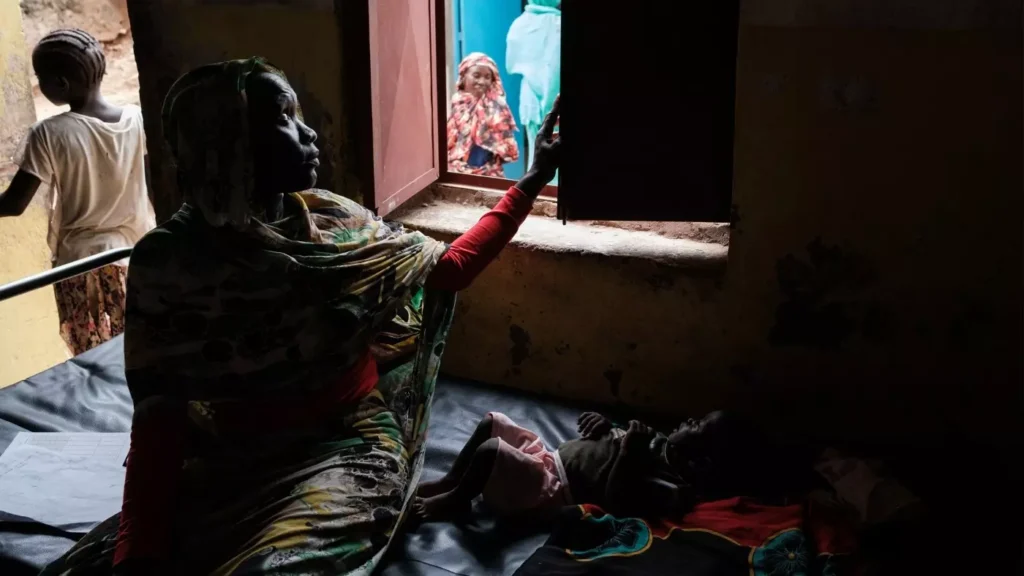
With the onset of the rainy season, there is a growing fear that the already dire circumstances will deteriorate further. Unable to plant during the crucial growing season, the population finds itself sinking deeper into a hunger crisis, exacerbated by the lack of external aid and an influx of displaced individuals arriving from other regions of Sudan.
In the malnutrition ward at Cap Anamur hospital, Darsalam Ahmed sits by her infant son, Muhamed. As June 15 approaches, like countless other parents in similar situations, she faces an uncertain future.


